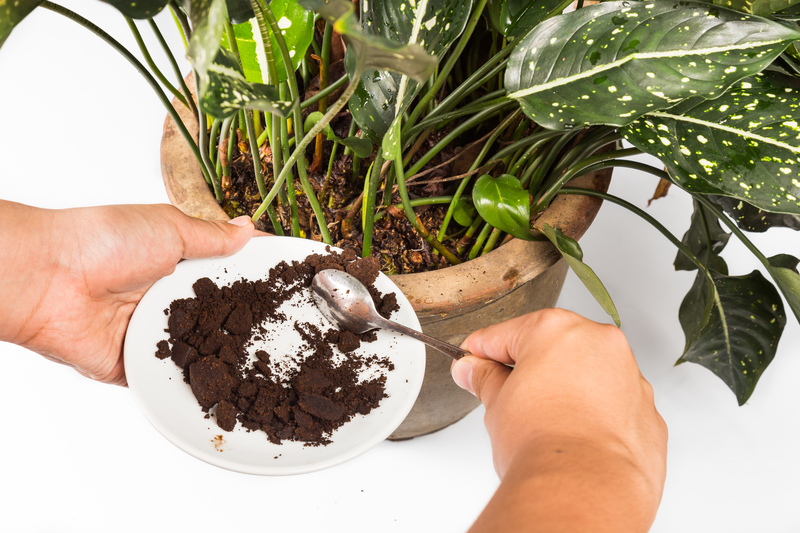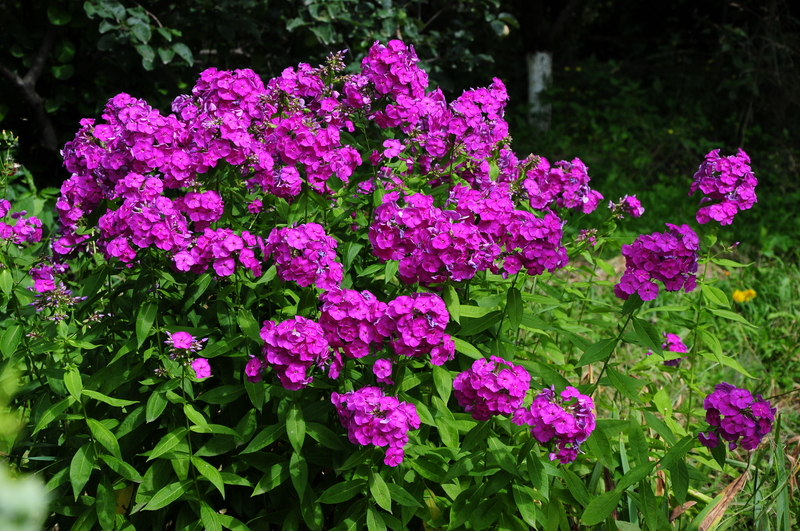The Dual Nature of Beautiful Buddleias
Posted on 20/05/2025
The Buddleia, also known as the butterfly bush, is a flowering plant that has captured the hearts of many gardening enthusiasts. Its vibrant colors and sweet fragrance make it a favored addition to gardens, attracting not only butterflies but also bees and other pollinators. However, the dual nature of beautiful Buddleias presents both delightful benefits and significant challenges that need to be managed carefully.
Aesthetic Appeal and Wildlife Magnet
One of the most striking aspects of Buddleias is their aesthetic appeal. Available in various shades of purple, pink, white, and even yellow, Buddleias contribute a charming, lively touch to any garden. Their clusters of small, tubular flowers are not just visually pleasing; they also emit a sweet fragrance that fills the air, especially in the summer months. This scent acts as a powerful magnet for butterflies, hence the nickname "butterfly bush."
Beyond butterflies, these ornamental shrubs are also highly attractive to bees and hummingbirds, making them an asset for anyone looking to support local wildlife. Given the declining populations of many pollinators, planting Buddleias can play a significant role in fostering biodiversity and maintaining ecological balance.

Growth and Hardiness
Buddleias are known for their robust growth and hardiness. These plants can thrive in a variety of soil types, although they prefer well-drained soils. They are drought-tolerant, making them suitable for xeriscaping--landscapes designed to minimize water use. Buddleias can grow rapidly, often reaching heights of 6 to 10 feet in a single growing season. This rapid growth and resilience make them an excellent choice for gardeners seeking quick and reliable results.
Moreover, Buddleias require minimal care once established. They tolerate pruning well, which can help in maintaining their size and shape. Deadheading, or the removal of spent flowers, can promote further blooming, extending the visual appeal of the plant throughout the growing season.
Invasive Potential
While the benefits of Buddleias are manifold, these plants also have a darker side--their invasive potential. In many regions, particularly in parts of the United States, Europe, and New Zealand, Buddleias have been classified as invasive species. Their rapid growth and prolific seed production allow them to spread quickly, often outcompeting native vegetation.
Invasive Buddleias can undermine local ecosystems by displacing native plants. This displacement can lead to a decrease in plant diversity, which in turn can affect the variety of wildlife that a habitat can support. For example, native plants often have intricate relationships with local fauna, providing food and shelter in ways that non-native species cannot replicate. By invading these ecosystems, Buddleias can disrupt these relationships and, thus, the entire ecological balance.
Managing the Spread
Fortunately, there are several strategies that can help manage the spread of Buddleias. Pruning is one effective method. By regularly cutting back the plant, especially before it goes to seed, gardeners can help prevent the spread of seeds via wind or water. Some horticulturists recommend cutting the plant back to ground level in late winter, which can promote healthy growth without encouraging seed production.
Using sterile cultivars is another viable option. Sterile Buddleia varieties have been developed to meet the demand for these beautiful plants without the accompanying risk of invasiveness. Such cultivars do not produce viable seeds, thus eliminating the risk of uncontrolled spread. However, availability of these varieties may vary, so it is essential to source plants from reputable nurseries that specialize in non-invasive species.
Cultural and Historical Significance
The allure of Buddleias is not a recent phenomenon. These plants boast a rich history and cultural significance. Named after Reverend Adam Buddle, an English botanist and rector, the Buddleia genus includes over 140 species. The most commonly cultivated species, Buddleia davidii, originates from China and was introduced to Europe in the late 19th century.
In traditional Chinese medicine, Buddleia davidii has been used for its purported healing properties. It has been utilized to treat ailments ranging from coughs to inflammatory conditions. While its medicinal uses have not gained widespread recognition in modern pharmacology, the plant's long history of use underscores its importance in various cultures.
Moreover, the presence of Buddleias in gardens and landscapes around the world highlights their universal appeal. From urban parks to private gardens, Buddleias have found a place in various settings, celebrated for their beauty and the joy they bring to butterfly lovers and wildlife enthusiasts.

Environmental Considerations
While cultivating Buddleias offers myriad benefits, it is essential to weigh these against the environmental considerations. Before planting Buddleias, it is advisable to research local guidelines and recommendations. Some regions may have restrictions or provide specific recommendations for controlling their spread.
In addition to planting sterile varieties and practicing diligent pruning, it is also helpful to support local ecosystems by including native plants in your garden. Native plants are naturally adapted to the local climate and soil conditions and often require less maintenance. They also provide critical habitat and food sources for local wildlife, contributing to a balanced and thriving ecosystem.
Conclusion
The dual nature of beautiful Buddleias presents a fascinating dichotomy. On the one hand, their vibrant blooms and wildlife-attracting properties make them cherished additions to gardens worldwide. On the other hand, their invasive potential poses significant challenges that require careful management.
By understanding and addressing these challenges, gardeners can enjoy the benefits of Buddleias while minimizing their ecological impact. Strategies such as using sterile cultivars, practicing regular pruning, and supporting native plant species can help strike a balance between aesthetic appeal and environmental responsibility.
Ultimately, the story of Buddleias serves as a reminder of the complex interplay between human cultivation and natural ecosystems. As we continue to celebrate the beauty of these captivating plants, it is incumbent upon us to cultivate them responsibly, ensuring that our gardens enhance rather than undermine the natural world around us.







